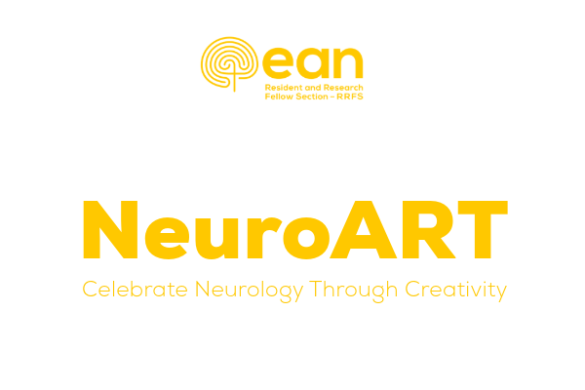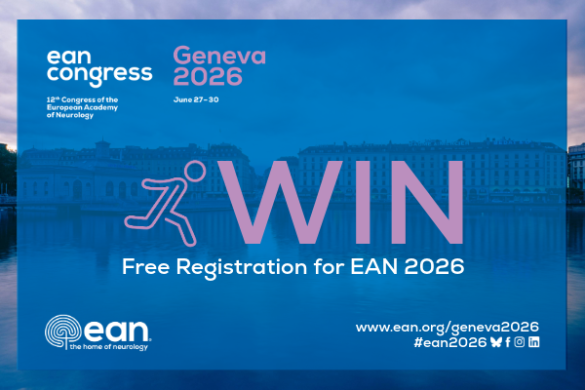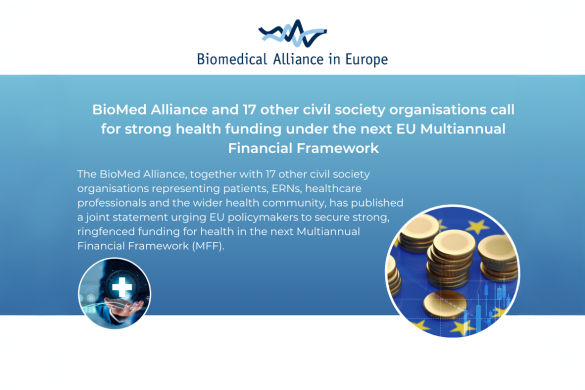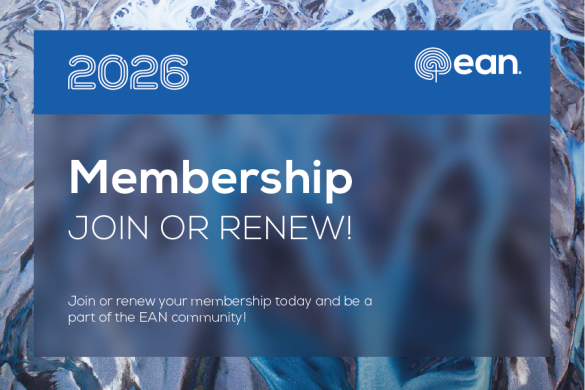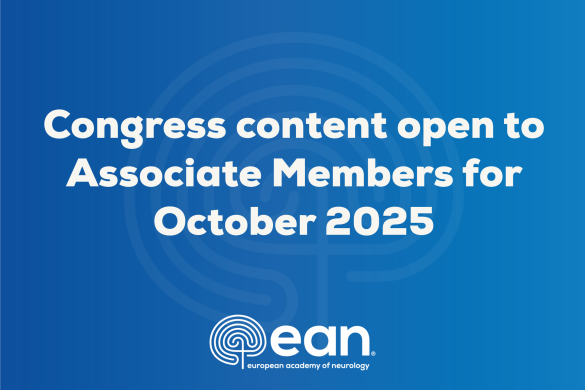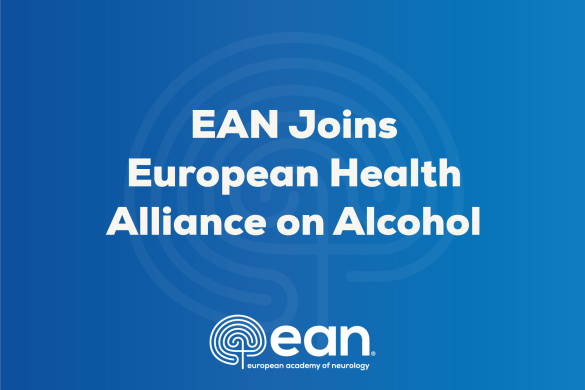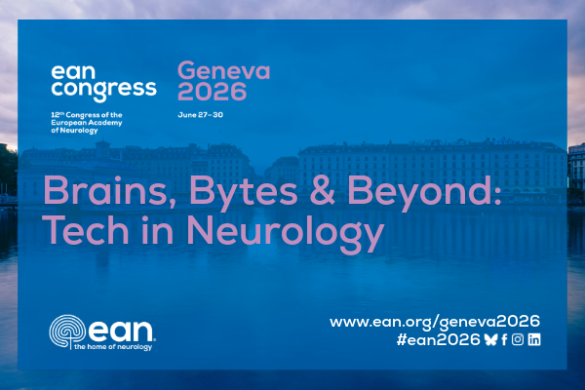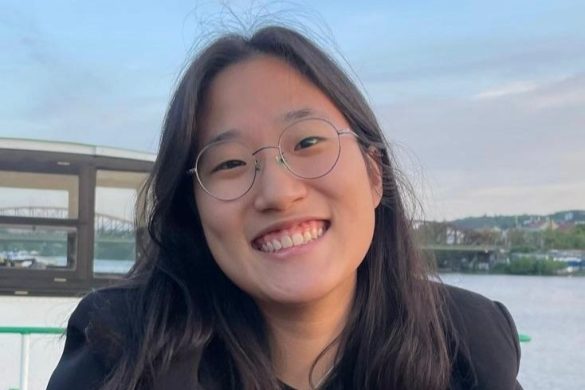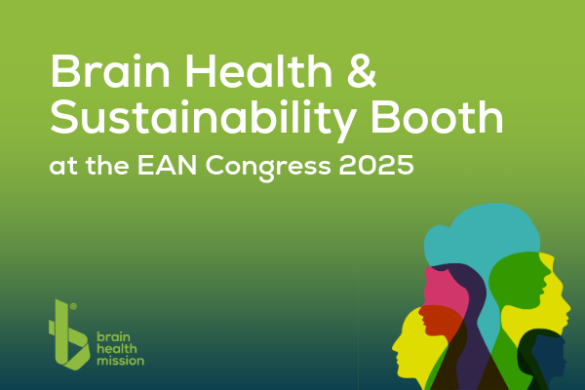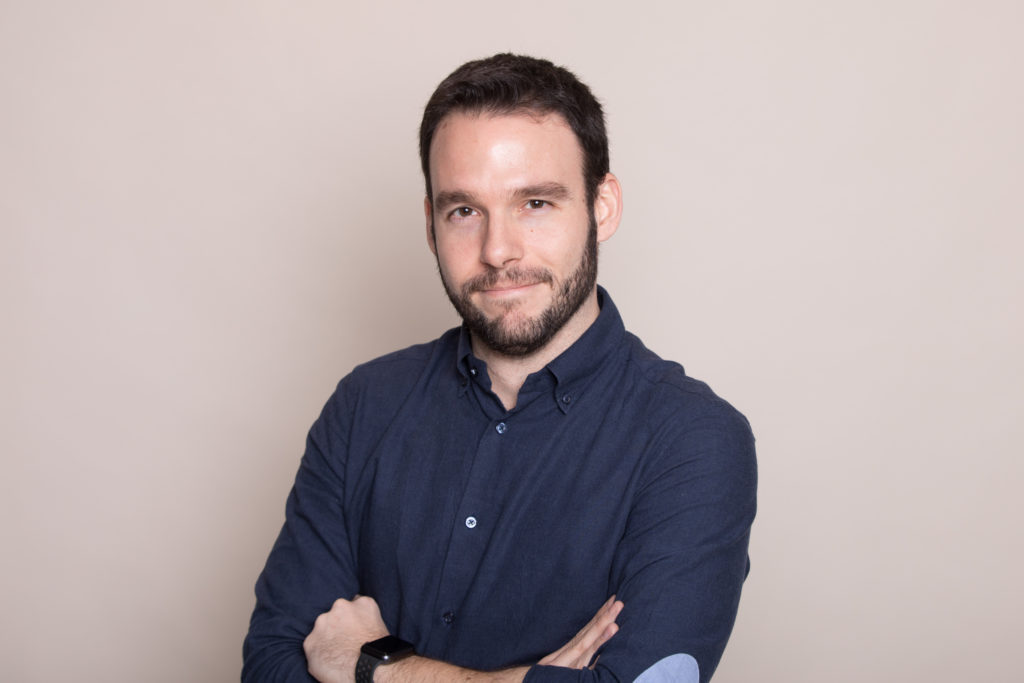
This joint session from EAN and European Headache Federation addressed a hot topic in the headache field. The speakers mentioned the past, present and future of the acute medications and gave some clues for managing special populations, such as childhood, pregnancy and elderly patients.
Prof. Evers, from Coppenbrügge, Germany related the history of triptans, from the first experiments conducted by Harold Wolff in 1938 to the novel formulations that will be on the market soon. He emphasised the importance of tailoring the treatment to the patient, as every triptan has a different half-life, tolerability profile, consistency, and effectiveness. Depending on the type of migraine attacks, we should recommend our patients the optimal triptan and route of administration. Prof. Lampl, from Linz, Austria, took us to the present and future of symptomatic treatment, describing the most recent results of the two new groups of drugs that will reach the European market soon: Ditans and Gepants. They will not pose the potential risks of Triptans and will be an option for specific populations, however we will have to inform patients about their specific adverse effects, which mainly include dizziness, paraesthesia, fatigue, or muscular weakness. Finally, Prof. Özge, from Mersin, Turkey, gave the clues on the treatment of children, in which evidence is much scarce. She gave some clues on the management of pregnant and childbearing women, listing the most recommended drugs, namely paracetamol, peripheral nerve blocks, lamotrigine, coenzyme Q10, among others. Finally, she reminded us that migraine might have a different presentation in old patients, and some drugs as NSAIDs should be used cautiously. Do not miss the opportunity to see these wonderful lectures, that will help you to better treat your migraine patients.




